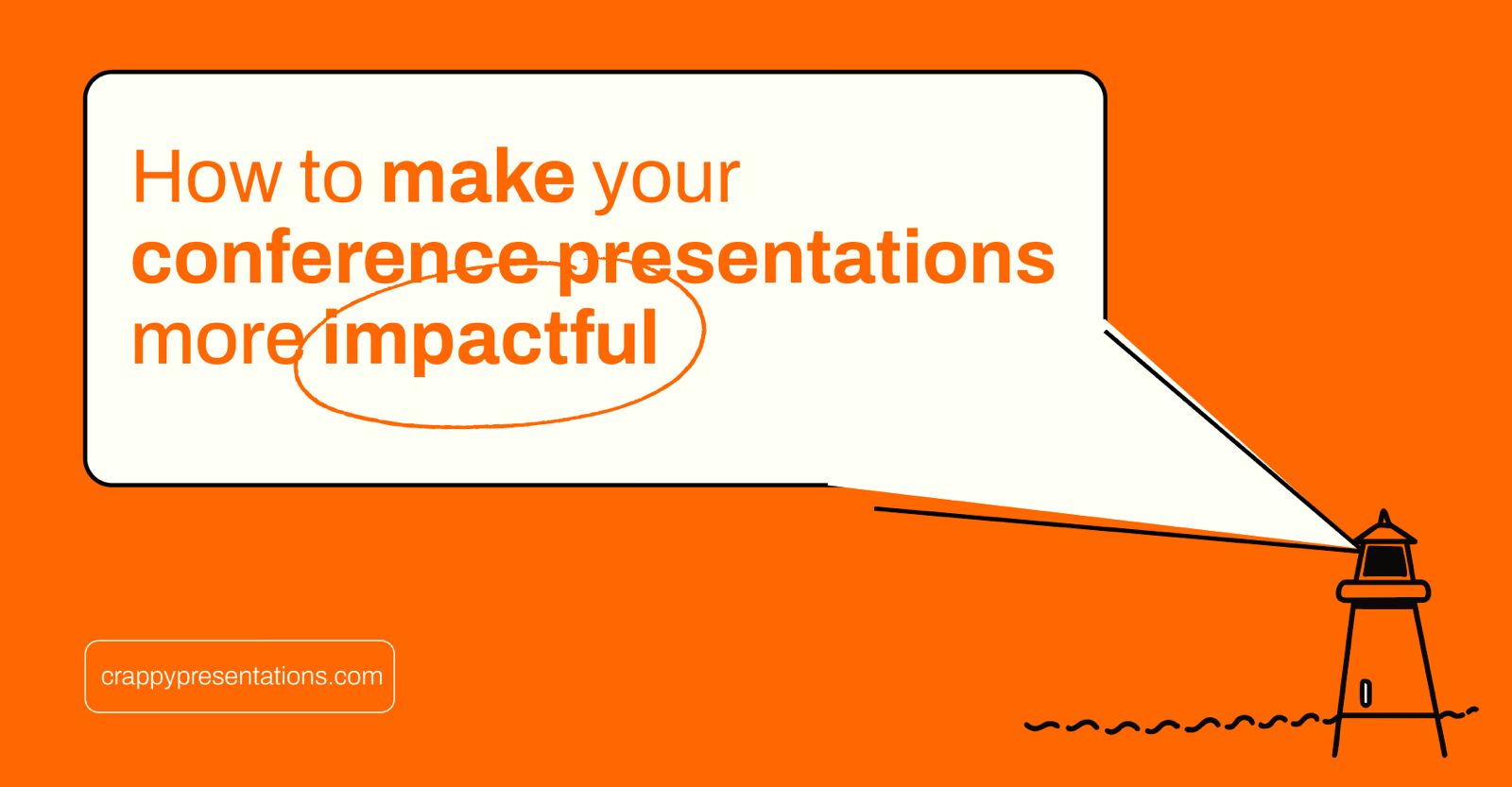When it comes to presentations, a good one is structured enough to make sense, but natural enough to keep people listening. That’s what talk tracks are. Sounds like a new term? Let’s dive right into it.
What is a talk track?
A talk track is a structured, flexible outline that helps a presenter stay on point while still sounding authentic. Think of it like a GPS for your talk, it doesn’t tell you exactly what to say word-for-word but gives you a clear direction to follow.
Whether you’re creating a SaaS pitch, sharing your strategic vision with stakeholders, or presenting at a trade show, a strong talk track can make the difference between people zoning out, or leaning in.
Why do you need a talk track?
Without one, your presentation might feel like a chaotic story with no thread. You might forget key points, go off on tangents, or sound unprepared. A talk track ensures you:
• Stay Focused: Stick to your narrative without drifting.
• Sound Confident: You know what’s coming next.
• Engage Consistently: Every team member delivering the same message.
• Interact Smoothly: You talk to the audience, try not to do it at them.
Talk track is step one, but you also need to learn how to deliver effective presentations.
How to create an effective talk track?
1. Know your audience
Tailor your content to their expectations, background, and level of familiarity with the topic. This foundational step is what separates a generic talk from a truly impactful one.
Ask yourself:
• Who am I speaking to?
• What do they care about?
• What’s their pain point?
2. Define your core message
What’s the one sentence you want your audience to remember? Start there. A good talk track supports this core idea throughout, filtering out distractions.
If you’re building a pitch deck, check out how you can create an executive summary slide and use it to anchor your core message.
3. Create a story
Organize your talk like a narrative:
• Hook: Grab their attention.
• Problem: Make it real and relatable.
• Solution: Introduce your big idea or product.
• Proof: Add social proof, data, or anecdotes.
• Call to Action: End strong.
4. Keep it conversational
Don’t write like you’re writing a textbook. Your tone should be as natural as your favorite podcast host.
Instead of: “We leverage cutting-edge technologies…”, Try: “We make AI easy for everyday teams to use.”
You can also read our copywriting guide for presentations to master clarity and tone.
5. Use bullet points instead of paragraphs
A talk track is more of a reference tool than a mere script. For Example: “Our app was built in 2020 to solve remote team challenges.”
Put it as-
• Built in 2020
• Solves remote team issues
• Key features: dashboard, integrations, alerts
This helps you stay natural while hitting every point.
6. Anticipate questions and objections
Think ahead: What might your audience push back on?
If you’re pitching to investors or leadership, they’re likely thinking:
• How does this compare with competitors?
• What’s the ROI?
• How easy is it to implement?
Weave these answers into your talk to build credibility.
How to align your talk track with design
This part’s often overlooked. But your slides and your voice need to work together, not compete. Here’s how to do it:
• Avoid info-dense slides. Let your talk carry the details.
• Use Icons, keywords, and simple charts help jog your memory and aid audience recall.
• Plan slide timings by Make notes in your talk track where you’ll click through visuals.
Delivering your talk track like a pro
Creating a great talk track is just half the job, delivery is everything.
1. Record Yourself: Playback reveals what your brain overlooks, awkward transitions, filler words, or rushed phrasing.
2. Practice in Front of a Real Person: They’ll flag what’s confusing or unclear. It will help you reduce nervousness.
3. Time It: Cut, pause, or slow down where needed. If your 5-minute talk becomes 9, you need trimming.
4. Adjust Live: If your audience looks lost, slow down. If they’re nodding along, dig deeper. Great presenters adapt in real-time.
If you’ve worked well on your delivery and it’s still not helping, try levelling up your stage presence.
Related Reads : Mastering stage presence for presentations, role of script and design in stage presence
The importance of using strategic pauses in a talk track
In most presentations, we tend to focus on what to say. The right words, the right phrases, the right transitions. But what about when to pause? Think about the best public speakers- Steve Jobs, Barack Obama, or TED Talk presenters. They all use pauses effectively.
Why? Because the brain processes information better when it's given time to absorb it. If you speak continuously without breaks, your audience will struggle to keep up. A pause allows them to digest what you’ve said before moving on.
Silence, when used strategically, can be one of the most powerful tools in your talk track. It helps emphasize key points, keeps your audience engaged, and even makes you sound more confident. Yet, many speakers fear silence, assuming it signals hesitation or awkwardness. The truth is, a well-placed pause can turn an average talk into a compelling one.
Beyond that, pauses also:
- Create anticipation – When you pause before delivering an important point, people lean in, curious about what’s coming next.
- Add clarity – Rushing through a presentation makes it hard to follow. Pauses give structure and make your points more digestible.
- Replace filler words – Most people use “um,” “uh,” or “like” when thinking of what to say next. A deliberate pause instead makes you sound composed and professional.
Now that we know why pauses matter, let's explore how to use them effectively in your talk track.
How to use pauses in your talk track
1. Pause before an important point
Want to make your audience pay attention? Pause right before your key message. This creates a sense of anticipation, making people eager to hear what’s next.
For example:
"If there’s one thing you need to take away from this presentation, it’s this… [pause] …the way you present matters more than what you present."
That slight pause builds suspense and makes your next words feel weightier.
2. Pause after a key statement
Sometimes, we drop an important fact or insight and immediately rush to the next point. But if you don’t give your audience time to absorb it, they might miss its significance.
For example: "90% of presentations fail to hold attention. [pause] But yours won’t."
The pause here allows the statistic to sink in before moving to the reassuring statement.
3. Replace filler words with silence
Nervous speakers often fill gaps with "um" or "uh," which weakens their delivery. Instead of cramming in unnecessary words, embrace the silence.
Next time you're tempted to say "Um, so what I mean is…", just stop. Take a breath. Continue speaking confidently.
4. Use pauses for audience interaction
If you ask a rhetorical question, give people time to mentally respond. If you make a bold statement, let it sit. The silence makes it more impactful.
By using pauses deliberately, your talk track becomes more memorable, and powerful.
Adapting Talk Tracks for Virtual Presentations
If you’re presenting online, You need to compensate for the lack of in-person energy.
• Ask more questions
• Use polls
• Keep slides visual
• Pause for effect more often
Keeping virtual audiences engaged is a whole different story. It takes a lot more than good design, delivery or presence. Your presentation needs to be interactive to keep people from checking out of it in the middle. Check out our guide to making interactive presentations to find out what makes virtual audiences take more interest in your presentations.
Final Thoughts
A well-structured talk track frees you from anxiety, keeps your audience engaged, and turns a good presentation into a memorable one. Think of it as your cheat code to sounding polished without sounding fake.
And remember, practice, personalize, and keep it conversational. If you’re building a high-stakes pitch, don’t hesitate to team up with presentation design experts or seek professional presentation design services.
Want help designing a compelling deck that syncs perfectly with your talk track? Talk to us. From sales presentations and investor pitches, to product presentations and event presentations, we do it all with the right expertise, strategy and tools.
For more guides and insightful tips about presentations and presentation design, explore the Crappy Presentations Blog.




.png)



